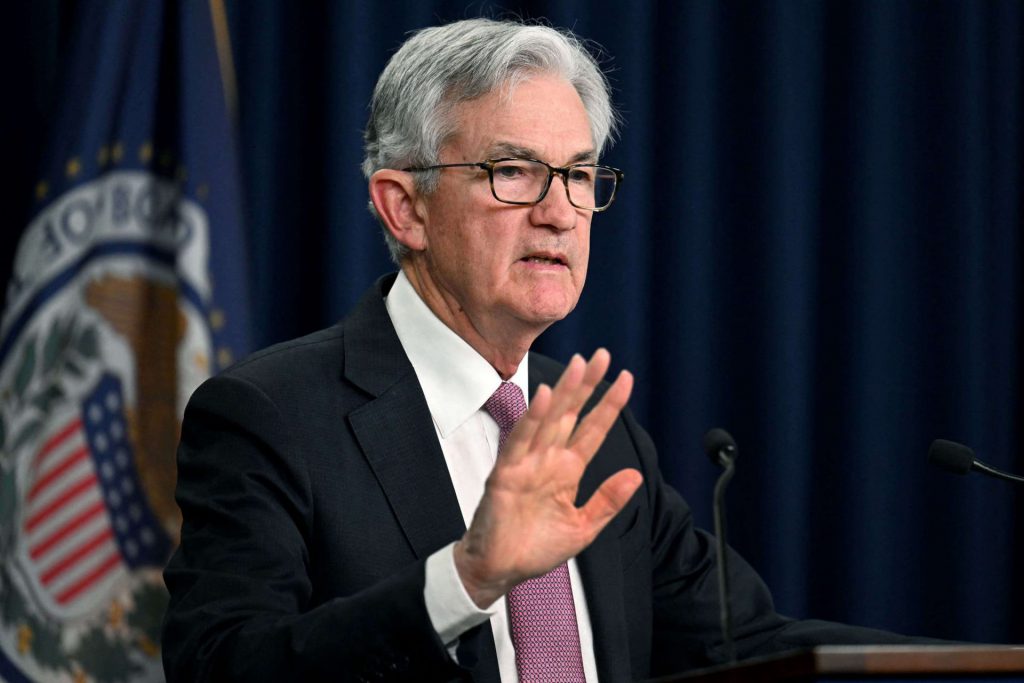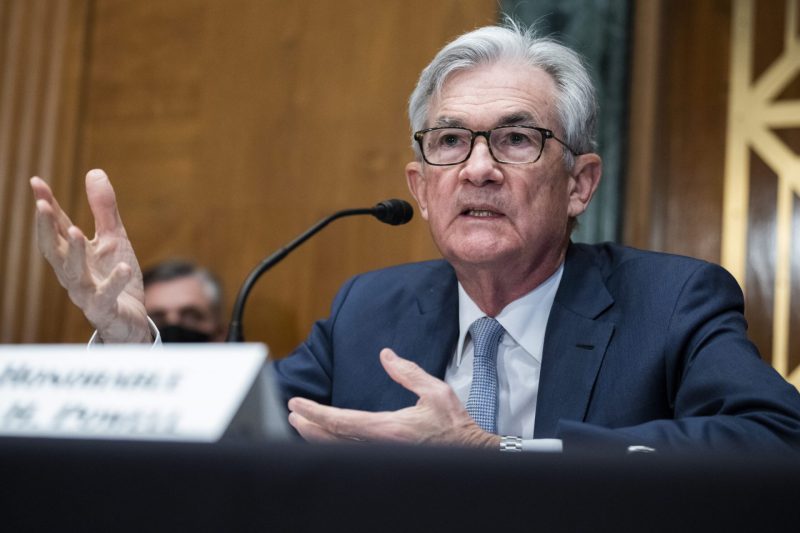Speaking today at the US House Financial Services Committee’s semi-annual monetary policy testimony, Federal Reserve Chair, Jerome Powell, said, “We see stablecoins as a form of money.” The comments were made in Powell’s first testimony hearing before Congress since March.
Powell was primarily present to discuss the interest rate development in the country and the Fed’s recent decision to pause hikes. Subsequently, he delved into the digital asset industry, noting the Fed’s perspective on stablecoins and their place in the country’s economic outlook.
Powell Talks Stablecoins in New Testimony
The last year has been a hectic one for the Federal Reserve as the agency has fought inflation. Moreover, its year-long interest rate hikes to combat that figure have been well documented. However, the practice ended this month, with a pause on the noted hikes.
Subsequently, the Fed chair appeared before Congress today at a semi-annual monetary policy testimony. There, he discussed the interest rate decision and the Fed’s plan for the continued inflationary fight. However, he also delved into the digital asset industry in comments made at his appearance.


Specifically, Fed chair Jerome Powell stated, “We see stablecoins as a form of money.” Indeed, the comments echoed a similar sentiment that Powell expressed in September 2022, discussing Stablecoins. At a digital asset regulation discussion, he referred to the asset as “private forms of money.”
“The central bank is and will always be the main source of trust behind money. Stablecoins essentially borrow that trust from the underlying issuer, and in many cases, these are dollar stablecoins, so they’re really borrowing that trust,” Powell remarked. “These are private forms of money. They will be subjected to runs if their reserves are not full of very high-quality assets, so there is a regulatory job to be done there.”
Powell’s comments today have reinforced that perspective held by the Fed. Specifically, identifying the agency’s notion that stablecoins represent a form of money for users. However, their view of its place in the current finance market and regulatory preferences remain to be seen. Moreover, they are yet to be fully addressed by the agency or Powell.





